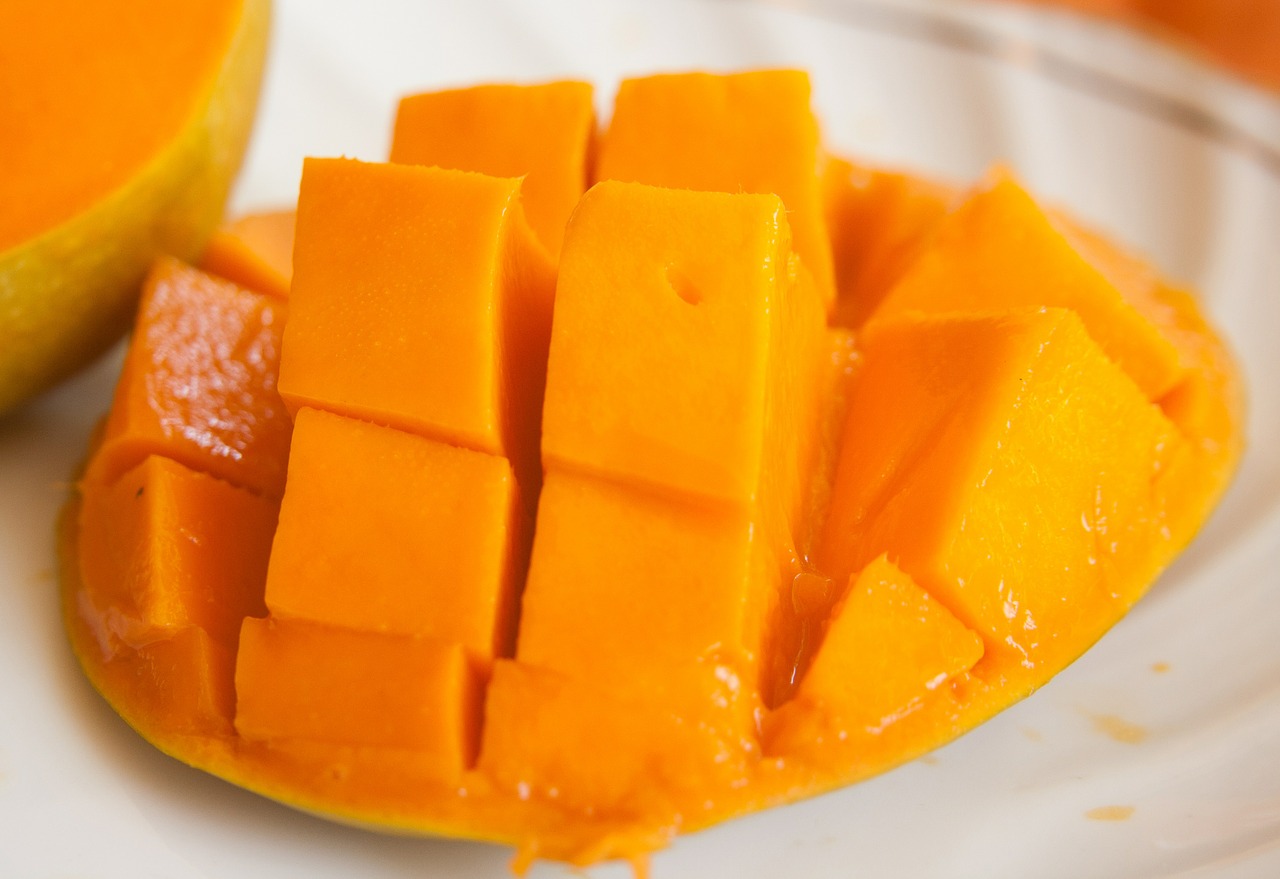Mango is a tropical fruit that is endemic throughout the Philippine archipelago, which is one product we can proudly say that China do not have.
You can find mangoes in almost all supermarket shelves throughout the year at prices ranging P30.00 to P70.00 per kilo.
But during harvest season, farm gate prices of mangoes are pegged at an average of P10.00 per kg., while some mango growers complain of grudgingly priced P5.00 per kilo acquisition by some greedy middlemen.
At the P5.00 per kilo level, the farmer would rather give away these mangoes to friends and relatives. It is better converted into goodwill than receive the cash which will in turn just be paid back to the mango pickers as labor fee.
And my family has been a happy recipient of that yearly summer mango harvest giveaway.
At times like this, we find ourselves eating fresh mangoes in a day just like it’s a harvest festival, and the aftermath of having unconsumed excess fruits led us to process them into preserved food which become our routine chore yearly or when opportunity is at hand.
Let me share with you these simple steps in making Mango Puree to make it easier to follow and also to be in tune with the times of “Reality Showsâ€.
1. Cut the mango into slices with a smile in your heart. Scrape its flesh thinly.
Be sure to measure the total collected pulp into *CUPS which will be the basis of the ratio and proportions of other ingredients to be added later.
* In order not to confuse using cups for coffee, I am suggesting the real measuring cups. Although ordinary cups could also serve the purpose by those who are already well-versed food makers, I encourage you to have this reference of using real measuring cups for the sake of accuracy.
2. Add equivalent of 1/2 part of water versus the total number of cups of pulp. This is a bit of dilution to lighten the rotary load in mixing.
3. Blend.
The diluted juicy pulp collected must undergo thorough mixing in a blending machine to insure smooth and homogeneous texture.
Do not attempt to shorten the process by directly blending the mango in cubed flesh.
“… been there, done that …†already.
4. Prepare a mixture of Xanthan Gum* and sugar at 1/2 teaspoon** X-Gum and 1/4 cup sugar over the total number of cups of pure pulp collected.
Pour and mix gradually this pre-mixed X-Gum and sugar additives into the blended pulp and water mixture contained in an aluminum cooking pot.
*Xantan Gum is a food stabilizer which is a product of bacterial fermentation of sugar cane.
**Again, let me remind that this teaspoon is not the one you use with fork. Please use the standard measuring variety.
5. Pasteurization
Subjecting the prepared mango puree into partial sterilization by slow heat with due caution not to bring it to boiling point, or the temperature must not reach beyond 80 degrees centigrade.
Put the cooking pot over the stove and start at normal flame. Begin stirring continuously when the puree is brought considerably heated. At the onset when small bubbles and evaporation appear on the surface of the puree, reduce the heat to the minimum until 5-10 minutes of pasteurization process is completed.
Unload the cooking pot from the stove.
6. Add 1/4 teaspoon of citric acid to enhance the flavor. This acid is sourced from citrus fruits such as lemon, lime and pineapple, out of fermentation of sugars.
There you have the Mango Puree without the preservative for your family’s immediate consumption.
Natural Mango Puree will last for one week without spoiling in your kitchen shelf and 2 weeks inside a refrigerated environment.
Optional : Add 1/4 teaspoon of Potassium Sorbate. This is a food preservative that guarantees to extend shelf life of Mango Puree up to 6 months when placed in a cool dry place. Add also 1/4 teaspoon of Vitamin C, which serves as an anti-oxidant and neutralizes the adverse effect of too much level of preservative.
7. Packaging.
Fill the containers while the puree is hot, put on the cap then immediately place it into a basin with water in order for them to cool down, otherwise, the plastic container will cause to warp.
Now, it’s ready to drink.
For Mango on the Rocks, put 2 to 3 tablespoonful of puree in a glass, add 3 pcs of ice cube and fill with water.
All ingredients mentioned in this post can be sourced from Valerio Enterprises, a one stop shop for juice processing supplies located at 2643 Patria St., Balut, Tondo, Manila.
—————————————
Antonio Co is an Agricultural Engineer, whose life thrives on selling anything under the sun and under the water, including in between, 24/7, wholesale and retail. His wife, Norminda, makes most of the things that they consume in their home, like laundry soap. herbal bath soaps, shampoo, dishwashing liquid, and fabric softener. Their kitchen is always busy and they have been using rice husk gasifier for the past 3 years, in lieu of an LPG stove. using coconut and/or pili shell for fuel.

